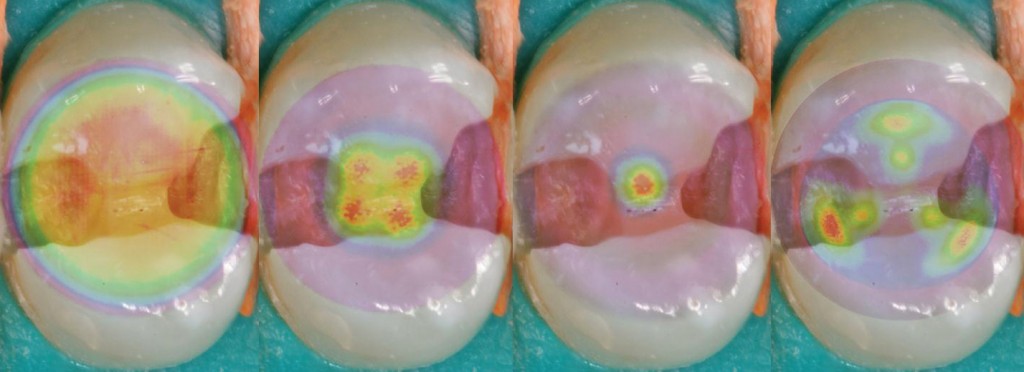Successful Light Curing – Not As Easy As It Looks

By Howard E. Strassler, DMD
Despite appearances that all curing lights are adequate, research has demonstrated that not all light-curing devices are equivalent! It involves specific devices and techniques, not all of which are equivalent.
I have seen data for the evaluation of more than 145 different models of curing lights from 42 manufacturers. The prices of these lights range from $27-$4,900, with stated irradiance values ranging from 400-5,000 mW/cm2. While irradiance is the most common and easiest technique to measure curing light tip energy, it only provides a small piece of the puzzle for light curing composites. In fact, the in-office curing light radiometers have been shown to be unreliable.
Some lights deliver power evenly and uniformly over the light tip surface while others have hot and cold spots of energy delivery over the light tip surface delivering energy ununiformly.
What is the change in irradiance as the tip is moved to a clinically relevant distance of 8 mm from the composite surface? Many curing lights exhibit a rapid drop in irradiance (75 percent or more) over that distance. The practitioner may purchase a seemingly “powerful” curing light that actually cures very little at the composite surface.
What is the curing light’s beam profile? Is the irradiance evenly distributed across the guide tip surface? Beam profile refers to the distribution of polymerizing blue light across the surface of the light guide tip. Many curing lights have an unevenly distributed blue light emission across the light tip; intense hot spots provide effective polymerization while intense cold spots do not.

